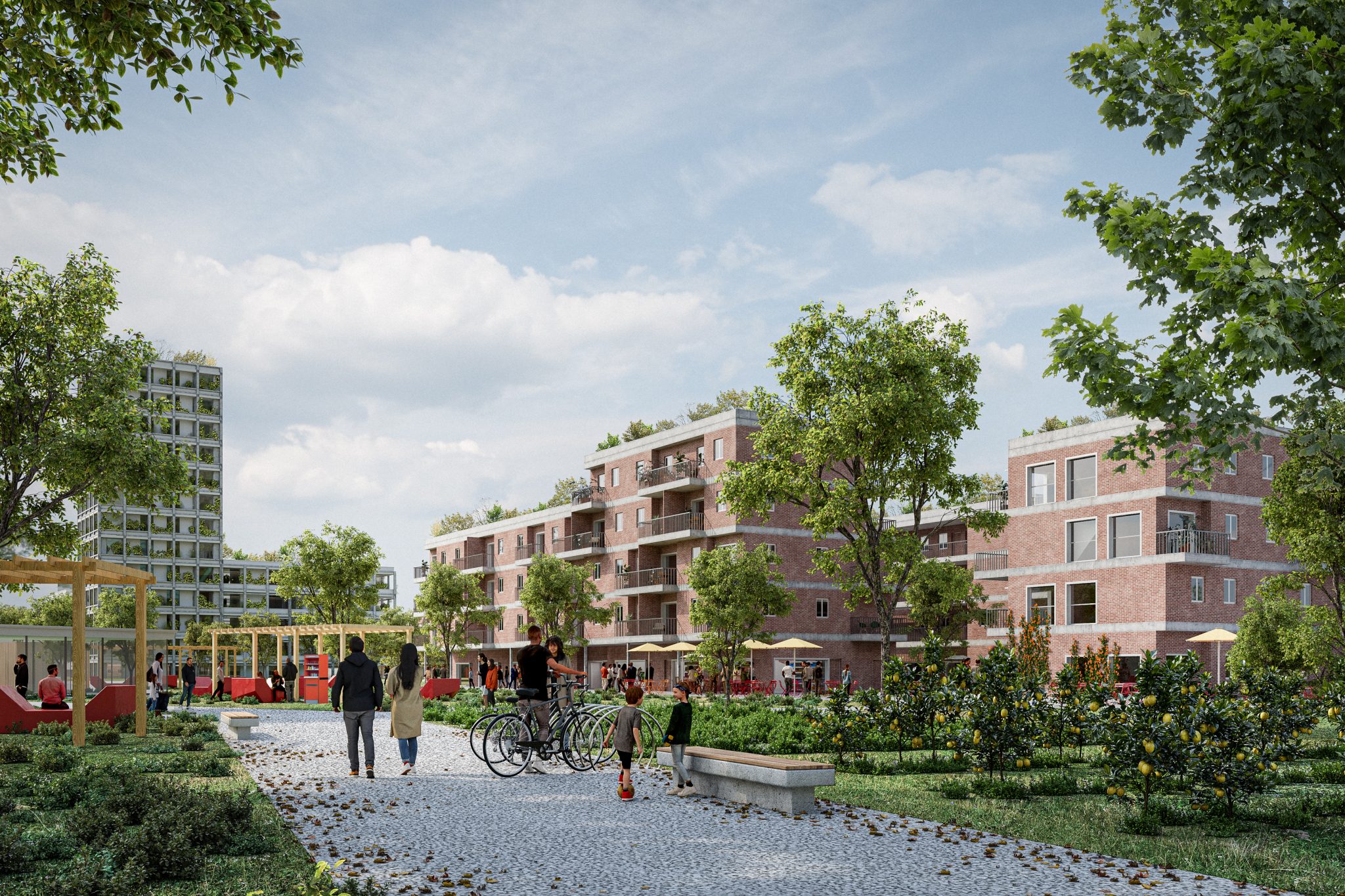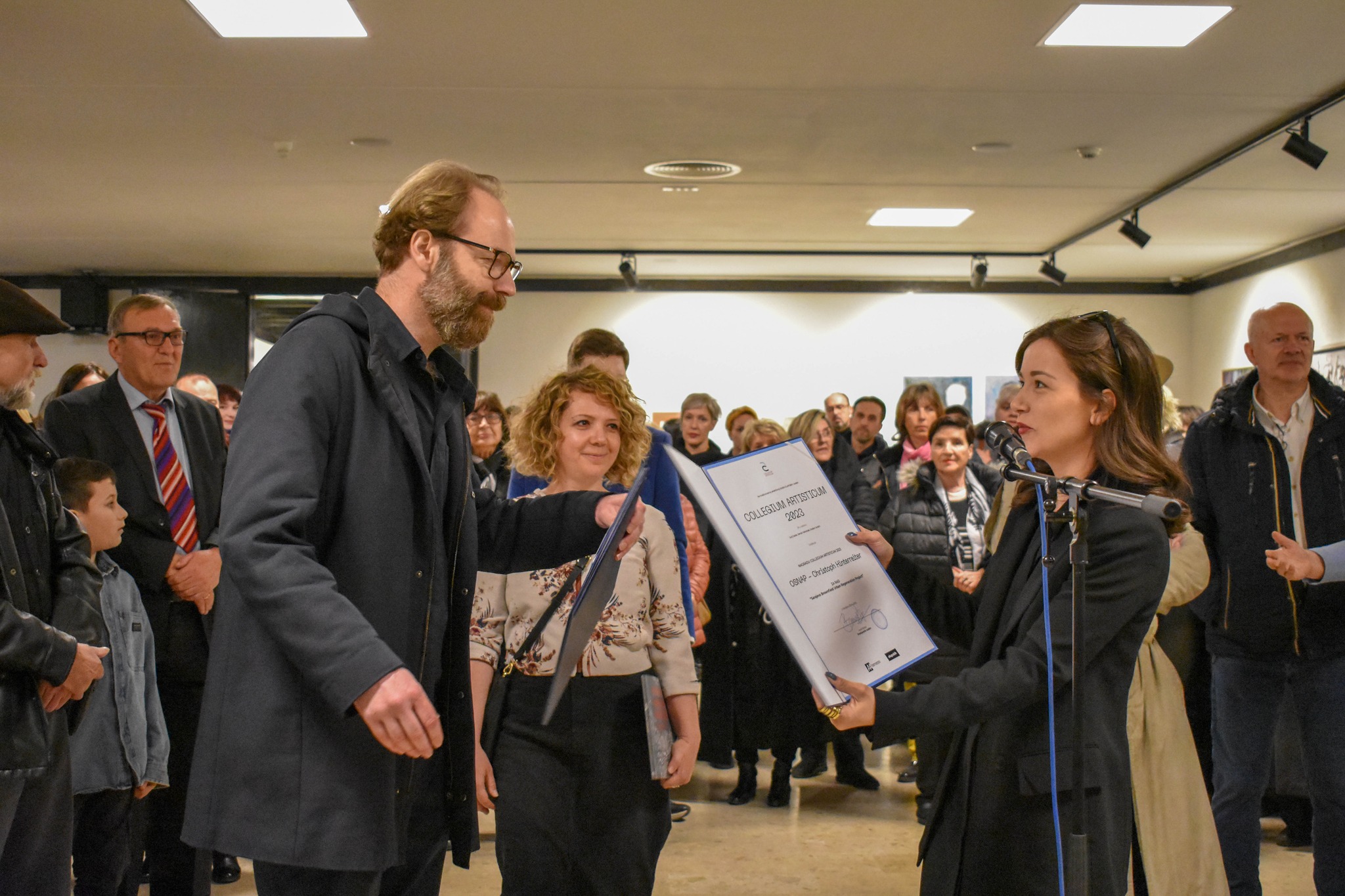Territorial Development Forum in Uzbekistan
Resilient and Inclusive Cities in Uzbekistan
From December 2 to 6, 2024 we had the privilege of joining the Territorial Development Forum, organized by the World Bank Group, in Uzbekistan, collaborating with local leaders, international experts, and engaged citizens to shape the future of urban development. Through hands-on workshops and insightful discussions, we explored strategies to create green and climate-resilient cities, enhance masterplanning, and strengthen citizen participation. From addressing climate risks to integrating participatory budgeting practices, our mission focused on delivering innovative, practical solutions tailored to the unique needs of Uzbek cities.
The outcomes were a collective vision for more sustainable, inclusive, and vibrant urban spaces, driven by collaboration and a shared commitmment to addressing climate and development challenges.
A heartfelt thank you to the Government of Uzbekistan, the World Bank, and all the participants who brought their expertise, creativity, and local knowledge to the table.
Oswaldo Cruz neighbourhood in Rio de Janeiro gets more attention!
World Urban Forum in Cairo-Presentation of Superwien´s Pilot Project of the Sustainability Corridors in Rio de Janeiro,Brazil
Our Pilot Project of the Sustainability Corridors in Rio de Janeiro is gaining global recognition!
Daniel Mancebo from the EPL(Planning Office) of the City of Rio de Janeiro presented the initiative at the World Urban Forum in Cairo. It was an incredible opportunity to share our journey, challenges and achievements in fostering sustainable urban development. We were excited to see our methodology and outcomes inspire other cities committed to building resilient urban futures.
Together, we are paving the way for greener and more inclusive communities worldwide!
1. Platz Werkstattverfahren Innovationspark Hamburg Altona !
Gewonnen!!
Beim städtebaulich-freiraumplanerisches Werkstattverfahren für die Erstellung der Funktionsplanung vom Innovationspark Altona haben wir im Team mit DnD Landschaftsplanung undVisualisierungen von Studio KMH Stefan Kasmanhuber den 1. Platz belegt.
Im Hamburger Westen im Stadtteil Lurup entsteht auf einer Entwicklungsfläche von 8,5 Hektar ein neues, zukunftsweisendes Quartier. Hier werden moderne Flächen für Forschung, Labore, Start-ups, Technologie und Freizeitangebot geschaffen. Bauplätze und Gebäudetypologien basieren auf maximaler Robustheit, um auf unterschiedliche Anforderungen von künftigen Nutzer*innen reagieren zu können. Drei städtebauliche Ankerpunkte markieren strategisch wichtige Orte der Entwicklung und dienen der Orientierung. Im Herzen des Quartiers weitet sich die Landschaftsachse zur grünen Mitte mit ihren wertvollen Bestandsbäumen auf und bietet Erholungsraum für Arbeitende und Bewohnende der Nachbarschaft. Die querliegenden Energiesprossen öffnen das Quartier zur umgebenden Bebauung und bieten Energieinfrastruktur und Erholungsraum zugleich.
Wir freuen uns auf die weitere Bearbeitung der Funktions- und Rahmenplanung!













